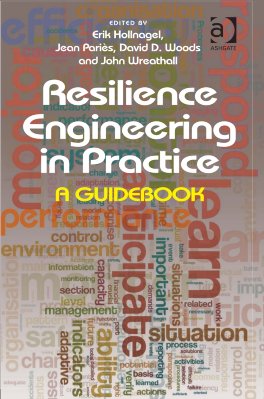
Copyright © Erik Hollnagel 2016
All Rights Reserved.
Hollnagel, E. Pariès, J. Woods, D. D. & Wreathall, J. (Eds) (2011). Resilience Engineering Perspectives Volume 3: Resilience Engineering in Practice. Farnham, UK: Ashgate.
Japanese translation: 実践レジリエンス エンジニアリング. Juse-P (2014).
Outline
The focus for safety efforts is usually, and traditionally, the unwanted outcomes, injuries and losses, that are the result of adverse events. This matches the common understanding of safety as ‘the freedom from unacceptable risk.’ Resilience engineering, however, defines safety as the ability to succeed under varying conditions. It is a consequence of this definition that it is equally important to study things that go right and things that go wrong. For resilience engineering, the understanding of the normal functioning of a socio-technical system is the necessary and sufficient basis for understanding how it fails. And it is both easier and more effective to increase safety by improving the number of things that go right, than by reducing the number of things that go wrong. The definition of resilience can be made more concrete by pointing to four abilities that are necessary for a system to be resilient. These are the ability to respond to events, to monitor ongoing developments, to anticipate future threats and opportunities, and to learn from past failures and successes alike. The engineering of resilience comprises the ways in which these four capabilities can be established and managed.

